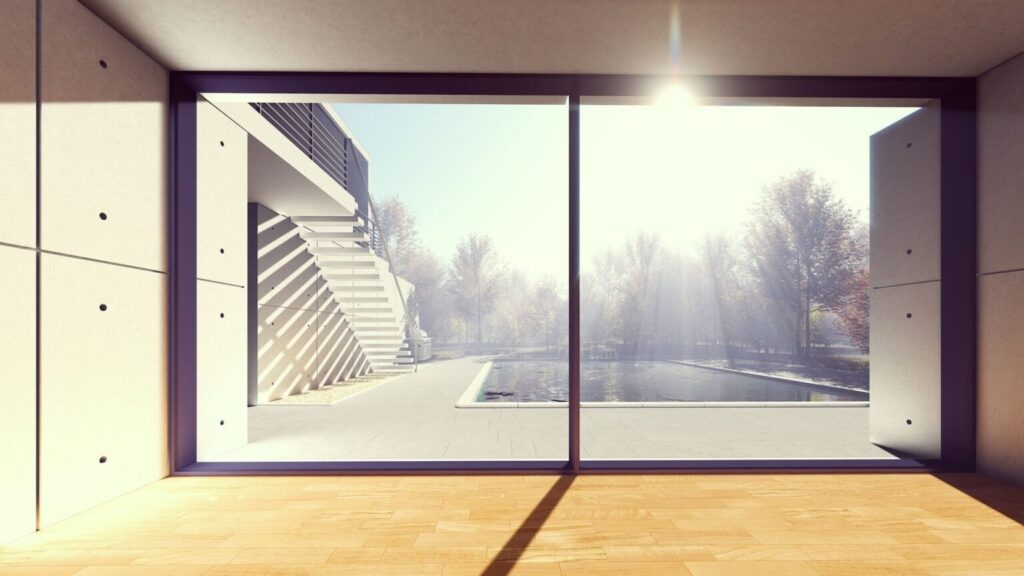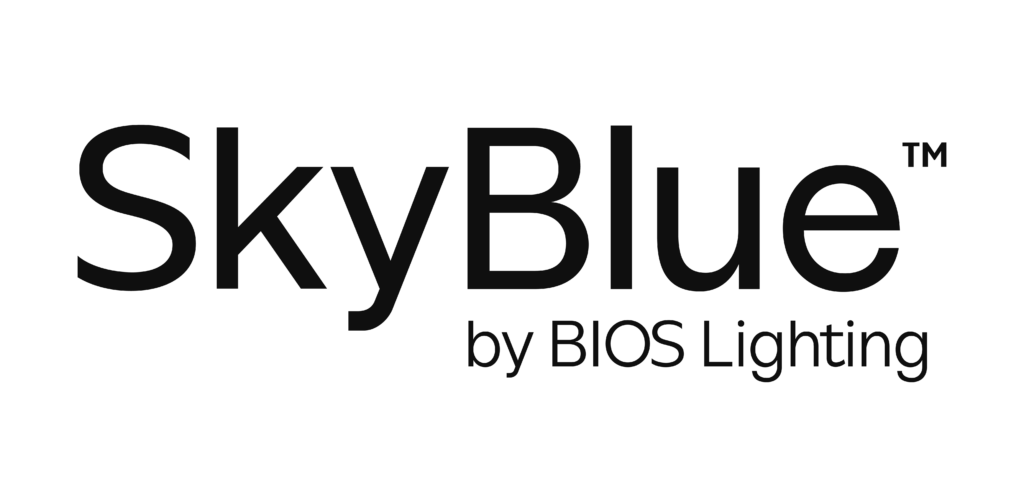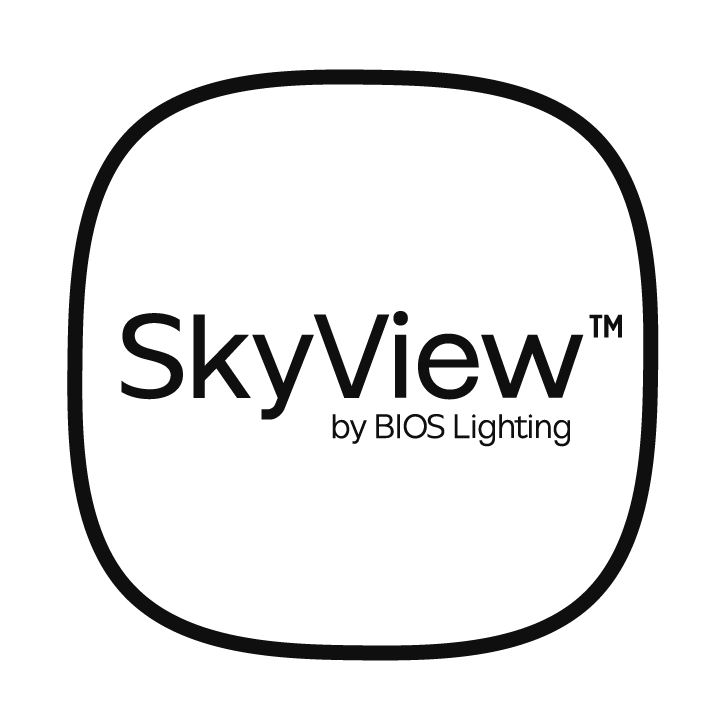Shortcomings of Traditional Lighting
Whether it’s night or day, whether you’re waking up or winding down, chances are the lights in your home or office stay the same.
But science tells us that human biology takes its timing cues from its environment and the intricacies of the natural day-night cycle. Photoreceptors in our eyes trigger an array of biological processes according to the amount and spectrum of light they receive, including melatonin production, the hormone that regulates wakefulness.
If we’re going to spend 90% of our lives indoors, we’re going to need more than a dimmer switch to benefit from artificial light in the same ways we benefit from sunlight. After all, light deprivation, as well as overexposure to the wrong kinds of light at certain times of the day, like staring into a phone screen late at night (ALAN), leads to fatigue, poor sleep, increased stress, and depression (Brainard et al. 2015; Burns et al. 2022).
What Is Human-Centric or Melanopic Lighting?
Human-centric lighting aims to replicate the dynamic spectrum of natural daylight indoors. It delivers the right spectrum and intensity at the right time of day to stimulate the circadian system while maintaining visual comfort.
In the morning, high melanopic Equivalent Daylight Illuminance (m-EDI) and cooler color tones (rich in sky-blue wavelengths) help improve alertness, focus, and mood. In the evening, lights shift to less melanopic spectra with warm ambers to reduce circadian disruption and promote restful sleep.
Human lighting designed this way doesn’t just meet visual needs—it supports biological needs.
Benefits of Human-Centric Lighting

Human-centric lighting avoids disrupting our body clocks by aligning more closely with our natural circadian rhythm.
Basically, we want exposure to cooler wavelengths of light (the sky blue of a sunny day) in the mornings for a boost of energy and warmer wavelengths (yellows, oranges, and reds) in the evenings, which prepare our bodies for a restful sleep. Human-centric lighting changes over the course of the day to match this day-night schedule.
The results are—pun intended—night and day. With lighting working in tandem with our biology, we can support our natural circadian rhythms resulting in better control of the hormonal balance that governs our bodies and lead healthier, more productive lives.
Human-Centric Lighting is a Natural Passive Light Therapy
The BIOS mission is to provide the most effective lighting for health and performance using our unique technology developed from our NASA roots. We strive to recreate the mood, focus, alertness, and energy you feel on a blue sky day indoors where standard lighting does not provide it. You receive the melanopic light you need passively just by being in the room. No need for intensely bright, glary therapy lamps.
Our BIOS SkyBlue™ and new advanced SkyView™ circadian lighting are available for your lighting project.
- SkyBlue™ integrated circadian lighting gives your luminaire the industry’s highest melanopic ratio while utilizing standard architectural color temperatures and task plane illumination.
The success of SkyBlue™ has provided the data and expertise needed for developing the even more effective, next-gen SkyView™ Tile circadian technology.
- SkyView™ technology spatially recreates warm sun and cool sky CCTs to create that blue-sky feeling inside with the industry’s highest melanopic ratio (m-DER>1.1) while maintaining standard comfortable spectral conditions, task plane illumination, and compliant energy usage. SkyView™ light is available in troffer configurations, pendant and table lamps.
References
Brainard J, Gobel M, Scott B, Koeppen M, Eckle T. Health implications of disrupted circadian rhythms and the potential for daylight as therapy. Anesthesiology. 2015 May;122(5):1170.
Burns AC, Windred DP, Rutter MK, Olivier P, Vetter C, Saxena R, Lane JM, Phillips AJ, Cain SW. Low daytime light and bright night-time light are associated with psychiatric disorders: an objective light study in> 85,000 UK Biobank participants. medRxiv. 2022 Oct 17:2022-10.






